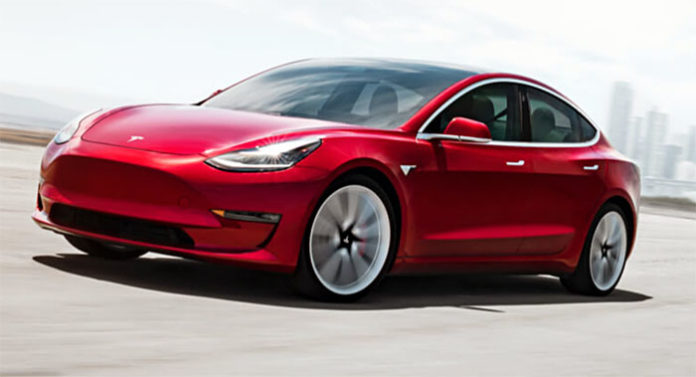Tesla’s most recent offering, the Model 3, has towered above its luxury electric rivals in terms of US sales. The European and Chinese releases of the Model 3 are only months away (February and April 2019, respectively). Meanwhile, Tesla’s two flagship vehicles, the Model S and Model X, are still achieving impressive sales figures, with the Model S beating its closest competitor in the large luxury car category, the Mercedes S-Class, by nearly twice as many US sales in the second quarter of this year.
However, Tesla is far from the only automaker that will provide consumers with appealing electric options next year. Below, we’ll take a look at some of Tesla’s most notable competition.
Audi e-tron (Electric SUV)
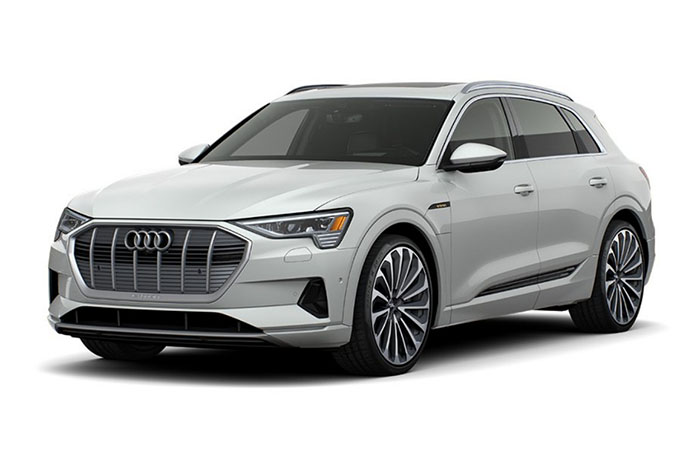
Image source: Audi.com
The e-tron is Audi’s first purely electric SUV. Its battery delivers an estimated 160-mile range on a single charge, and it reaches 60 mph in 5.5 seconds. Forbes has called the e-tron “truly fun to drive,” particularly noting its lack of emissions and its “eerily silent” output.
Deliveries of the e-tron will begin next spring, with prices starting around $75,000.
Jaguar I-Pace (Electric SUV)
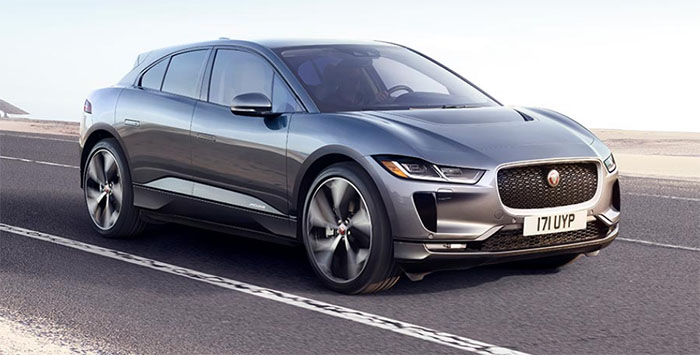
Source: Jaguar.com
Jaguar’s first all-electric SUV is already out (deliveries of the 2019 model began in October), and is selling well so far. In Norway, it outsold Tesla’s Model S and Model X combined during the first half of October.
The I-Pace’s 90-kWh battery delivers an estimated 234-mile range, and it reaches 60 mph in 4.5 seconds. Pricing of the 2019 model starts around $70,000.
Analyst Garrett Nelson of CFRA Research has stated that although he predicts Tesla’s brand strength and the rollout of the Model 3 to give the company an edge against its rivals, since most of the new electric models coming out in 2019 “are SUVs or sports cars that we don’t expect to directly compete with the Model 3 from either a quality or price perspective,” “consumers seem to be most excited about” the Audi e-tron and Jaguar I-Pace.
Kia Niro (Electric CUV)
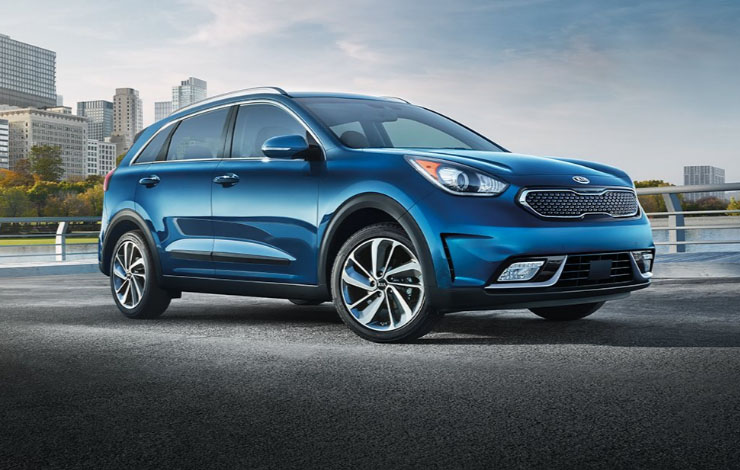
Image source: Kia.com
This eco-friendly crossover began as a hybrid in 2016, but this year Kia is rolling out an all-electric version. The liquid-cooled battery is estimated to provide a 240-mile range on a single charge. The 2019 model is planned to arrive in the US at the end of 2018.
Kia will also offer a second electric option next year: the electric version of the Kia Soul. The Soul provides an estimated horsepower of 201 and 291 lb. -ft of torque, which is identical to the figures for the Niro.
Hyundai Kona (Electric CUV)
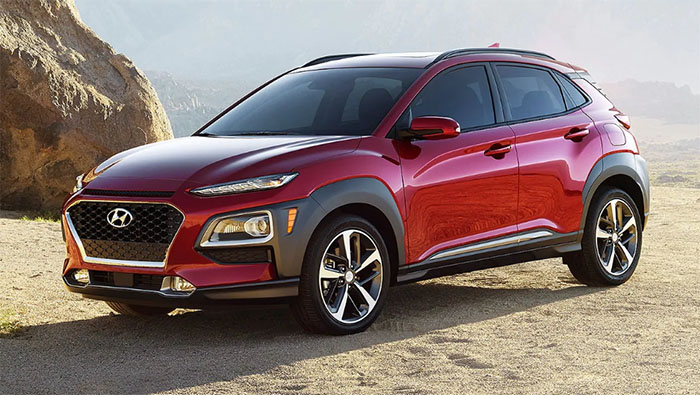
Image source: Hyundai.com
Another electric crossover, the Kona boasts a 258-miles range (more economic than any of the other Tesla competitors mentioned so far). Its starting price is $37,495.
Nio ES6 (Electric SUV)
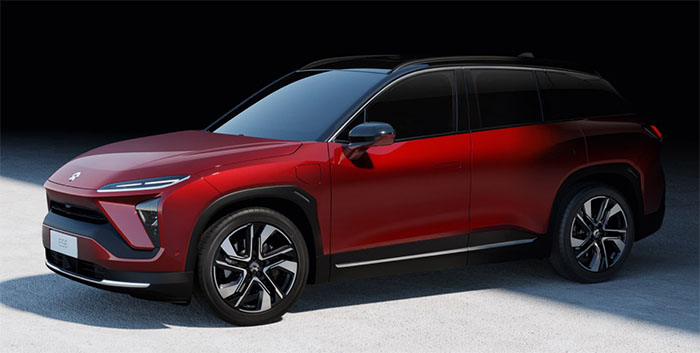
Image source: Nio.io
Propelled by the success of Tesla and other eco-friendly competitors, Chinese automakers are also getting in on the electric game.
The Chinese automaker Nio is following up the success of the ES8, its luxury electric vehicle, with the smaller and cheaper ES6. However, it’s currently planned for release in China only.
Reports indicate that the ES6 will offer a single-charge range of 310.7 miles, which would surpass the Hyundai Kona and the Model X (which offers a 295-mile range) and essentially match the Model 3’s range of 310, although it will still fall short of the Model S’s industry-leading range of 335 miles. However, its starting price, equivalent to $52,000, is more than $10,000 below the starting price for the Model S.
Other Chinese automakers such as Xpeng Motors, WM Motor Technology, and Byton are also producing electric vehicles. It is possible that these vehicles will be available outside China sometime in the future, although this still remains to be seen.
The Electric Landscape in 2019 and Beyond
Despite Tesla’s reputation as an industry leader in electric vehicles, the electric offerings from recognizable brands like Audi, Kia, and Hyundai will provide consumers with a much broader range of options. And with brands like Volkswagen planning to roll out electric models in the near future, one can only assume that Tesla’s competition will grow increasingly stiffer.
Sources: CleanTechnica.com, Wikipedia.org, Forbes.com, Investors.com, Kia.com, SeekingAlpha.com, Tesla.com
